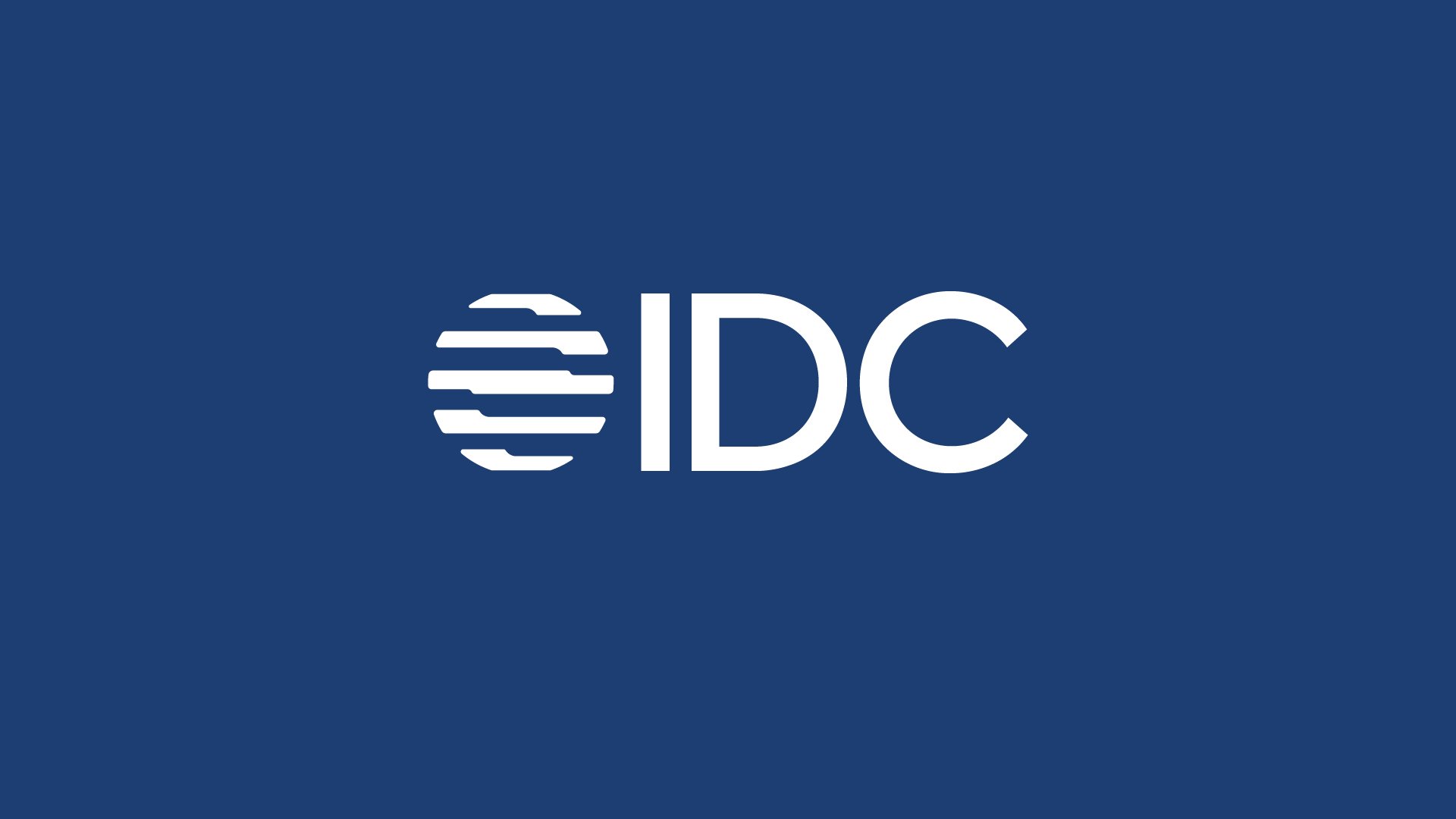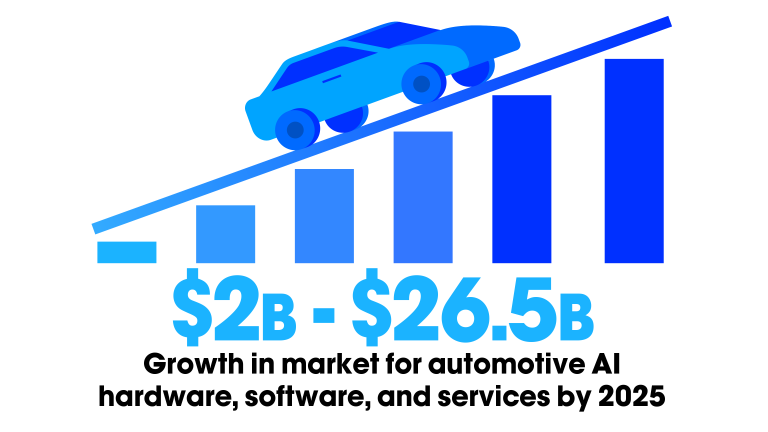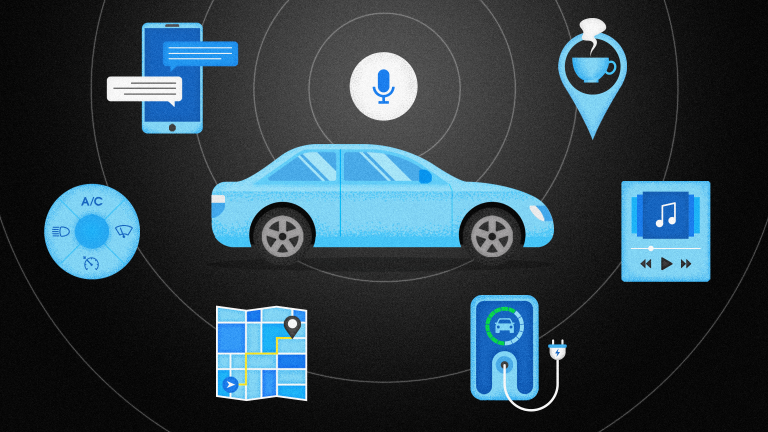Find a partner with a proven track record and one that not only has the technology, but enough experience to bring their learnings from other partners to enhance your solutions. Find a platform that gives you the flexibility to create custom commands to match the way your users express themselves, and custom domains to deliver the information and functionality your unique product or service requires. Advanced ASR, NLU, and TTS technologies are foundational to creating a conversational assistant that can understand and respond with both speed and accuracy.
Lastly, look for a platform that doesn’t require you to do all the heavy lifting. Beyond the underlying technology, make sure your voice assistant can have a dedicated wake word of your choosing and that the provider has content domains available—eliminating the need for you to create all your own.
Content domains allow your voice assistant to respond to queries on a particular topic. For example, a weather domain, such as AccuWeather, allows your voice assistant to understand questions such as, “What’s the temperature in San Francisco?” You’ll want to choose domains that fit your unique use cases. For example, if you’re creating a travel application, you may decide your application should understand queries about hotels, flights, weather, translation, currency conversion, geography, and navigation, but you may not want your application to set a timer or play games. Having access to a library of content domains will give you the range of choices you need.
One size—or one voice—has never fit all
The reasons to adopt a voice-first strategy are well-known and published in various forms all over the internet. The missing link is “how”. How do you adopt a voice-first strategy? The answer to that question depends a lot on who you are, what market you serve, and your own brand goals. Regardless of the specifics of the voice-enabled product or service, one thing has become clear: Brands need to retain their customer relationships, own their data, and create voice experiences tailored to meet brand goals and deliver unique user experiences.
Creating a custom voice assistant is more than just adding a custom wake word to your voice user interface, although that’s a good start. Keeping your brand name top of mind for your customers and prospects is a compelling reason to consider a branded wake word. Protecting your brand and data are good reasons to start looking at every aspect of your custom voice assistant—from wake word to natural interactions. Your voice assistant should be a reflection of who you are and provide the kind of experiences your customers have already come to expect. In the near future, the sound of your voice assistant will be as important as your logo and colors for identifying your brand.
Our formula for success: Get your voice heard with a custom, branded, wholly-owned voice assistant powered by an advanced voice AI platform that can deliver speed, accuracy and customer delight.
Developers interested in exploring Houndify’s independent voice AI platform can visit Houndify.com to register for a free account. Want to learn more? Talk to us about how we can help you bring your voice strategy to life.
Karen Scates is a storyteller with a passion for helping others through content. Argentine tango, good books and great wine round out Karen’s interests.









